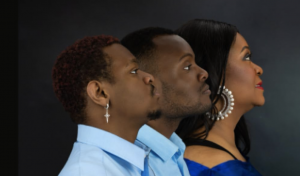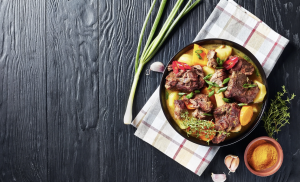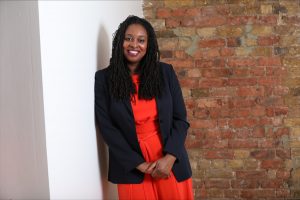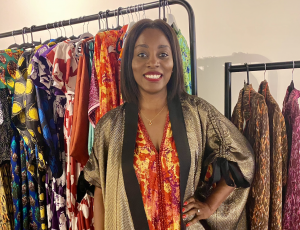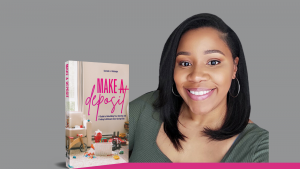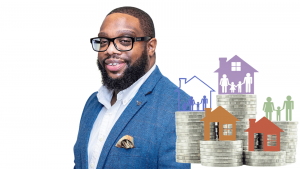Endometriosis is a health condition that affects one in 10 women starting from puberty to menopause. In spite of this, understanding and awareness of the chronic and debilitating condition is low. Louise Chandler shares her journey of living with Endometriosis.
Pronounced en- doh – mee – tree – oh – sis, this is the name given to the condition where cells like the ones in the lining of the womb (uterus) are found elsewhere in the body. The condition may also lead to infertility, fatigue and bowel and bladder problems and causes painful or heavy periods.
Every year during March, the aim is to get as many people as possible involved in raising awareness of endometriosis to encourage more open and honest conversations about the health condition – which affects one in 10 women from puberty to menopause.
It takes an average of 7.5 years to diagnose endometriosis, and in recent times women have been honest about the devastating impact it can have on every aspect of a woman’s life, from work and education to relationships and fertility.
Louise Chandler, 38, shares her personal journey to be diagnosed and treated for the condition that affects around 1.5 million women and girls of a childbearing age in the UK.
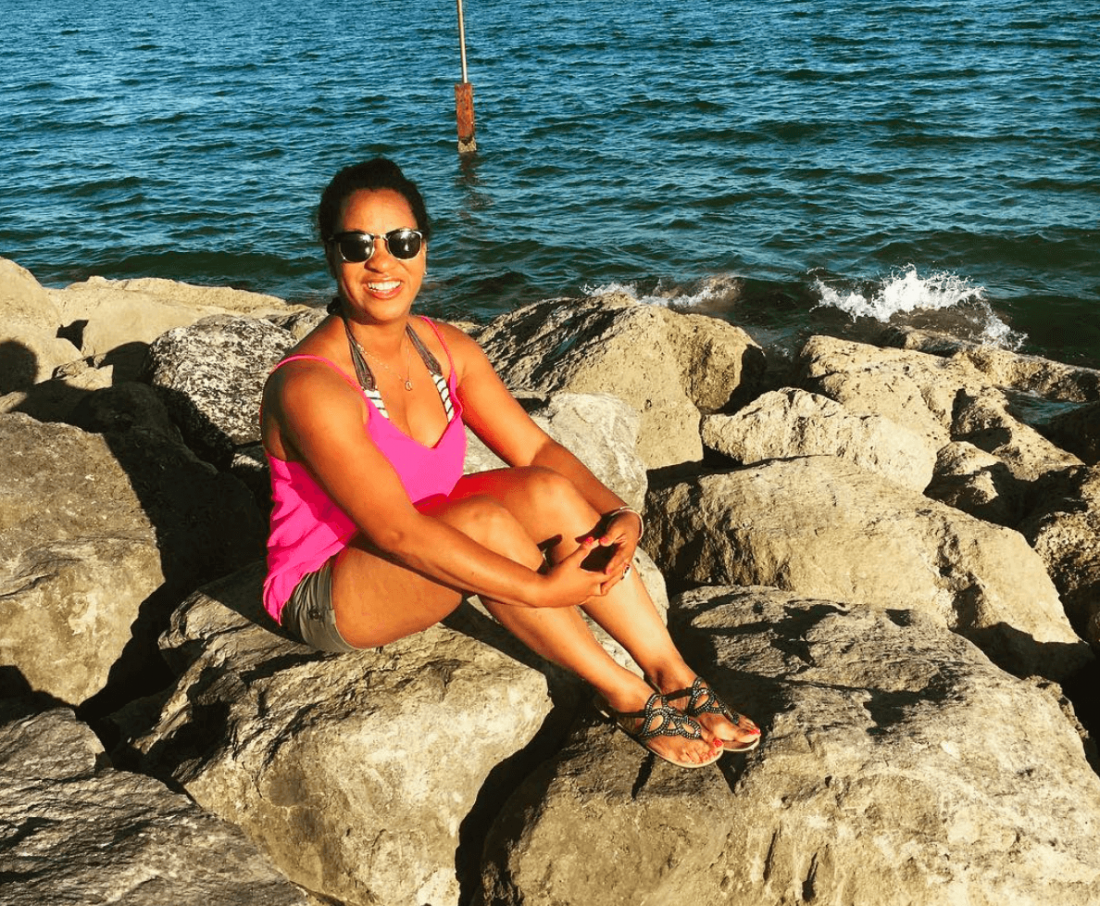
I was about 12 years old when I started my period. Even though I had been told about the coming of age occasion at school, it was still a shock. My head filled with questions and I panicked a bit and I remember feeling quite tearful. It may be natural, but it felt strange and I suddenly became very aware that my body was changing – for good! After some chats with my mum and sisters I was reassured that this phase was natural and the transition from being a child to a woman was starting.
As the months continue my monthly cycle came and went without much fuss as my secondary school days progressed. It was a few years later when I started to notice something was wrong. My periods would cause nausea, bloating, extreme pain and headaches. I remember taking some strong pain killers before a science class one day and I spent the entire class in a complete daze.
“You know your own body and no matter how many times different doctors told me: ‘don’t worry, you just get painful periods’ – I knew something wasn’t quite right.”
Soon my periods were causing me to stay home from school with a hot water bottle closely pressed to my fragile stomach. My mother encouraged me to go to see my GP who told me I just get ‘bad periods’. At times, I couldn’t even walk because the pain was extremely intense with sharp, shooting pains pulsating down my back and legs and my quality of life suffered.
A few of my friends endured painful periods like me but I had a nagging feeling that my situation was a bit different. Over time, I would return to the doctors’ surgery numerous times, determined to understand what was going on and receive the treatment that would make my teenage years easier.
You know your own body and no matter how many times different doctors told me: ‘don’t worry, you just get painful periods’ – I knew something wasn’t quite right. I was prescribed the contraceptive pill because the hormones in the pill cause the uterus lining to become thinner, causing periods to become shorter and lighter, thus reducing endometriosis symptoms. I was determined to understand my body so as I prepared myself to start university, I insisted on a referral to the hospital so I could speak to specialists.
The reason I was experiencing agony every month was due to cells in my womb that are unable to leave the body as a period, this blood has no way to escape so this can lead to inflammation, pain and the formation of scar tissue.
“I have lost count of the times that I went back and forth for tests, scans and appointments but finally, in the early noughties I was officially diagnosed with endometriosis.”
I have lost count of the times that I went back and forth for tests, scans and appointments but finally, in the early noughties I was officially diagnosed with endometriosis.
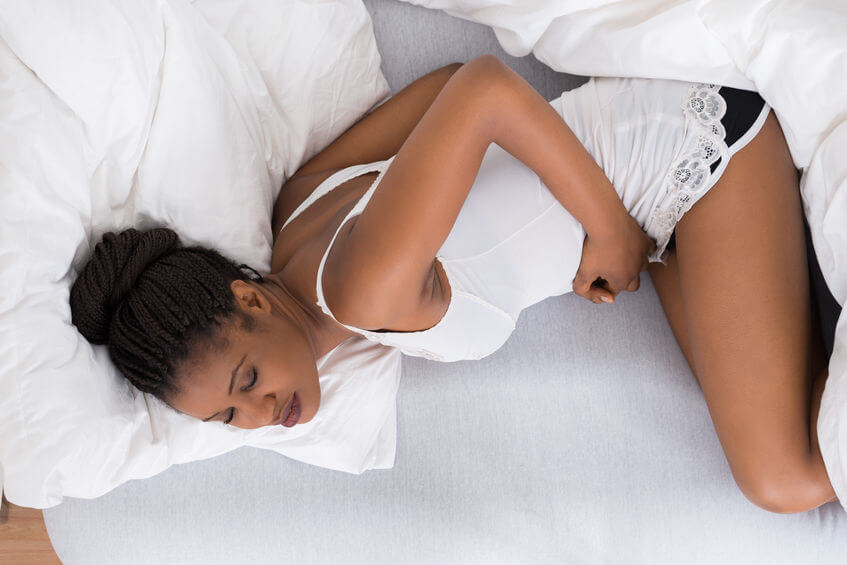
The symptoms of endometriosis are very similar to other common conditions so getting diagnosed can take a long time and I have endured numerous intimate and indelicate probes.
Even though it was tough news to hear, I recall being massively relieved. At last, my pain was recognised, it had a name and my agony would be treated. I also felt satisfied that I was right to be doggedly persistent with my questions, concerns and fears even when doctors tried to deter me.
In 2012 I was booked to have an operation called a Laparoscopy – an operation performed in the abdomen or pelvis using small incisions with the aid of a camera that can help to remove the build-up of cells that cause the pain. I remember waking up in the hospital bed after the operation and I was in agony. I recuperated well and over time I waited for my body to recover. The operation improved my symptoms but after about 12-18 months, I started to feel unwell, again. History was repeating itself and again I would be bed-bound with symptoms of dysmenorrhea, also known as painful periods or menstrual cramps that was linked to my endometriosis. After many more appointments and discussions with my consultant, it was decided another operation would take place in 2018.
There are still times when I experience cramps and pain, or I have to leave work to come home and lie down because I feel exhausted or feel really bloated.
You see the thing is, there is currently no cure for Endometriosis – the options are surgery, hormonal treatments or pain relief.
I am grateful to the NHS and all the wonderful nurses and consultants I have met. In the last year I have attended support meetings where fellow women will discuss their long and complicated ‘endo journey’, ideas about treatments and coping tactics. Every time I meet this small group of ladies, I applaud their bravery and courage to fight for their right to be diagnosed and treated for a condition that is complicated to be detected yet has a massive impact on your health and lifestyle.
“Despite enduring more than 20 years of pain, I can also take some positives from my experience of endometriosis”
Despite enduring more than 20 years of pain, I can also take some positives from my experience of endometriosis:
I have learnt a lot about my body, and I now feel knowledgeable about nurturing my body to enhance my lifestyle and wellbeing. For me, this means regular exercise (I enjoy going for a run, doing Zumba and going to a boxfit class) to boost my mood and maintain a healthy weight because some hormonal treatments can cause weight gain for some ladies.
I have learnt a lot about my diet too – surgery, processed and fast food can make me feel really unwell so I now know that fresh vegetables, lots of water and fruit make me feel healthy and ready to cope with any discomfort that comes my way.
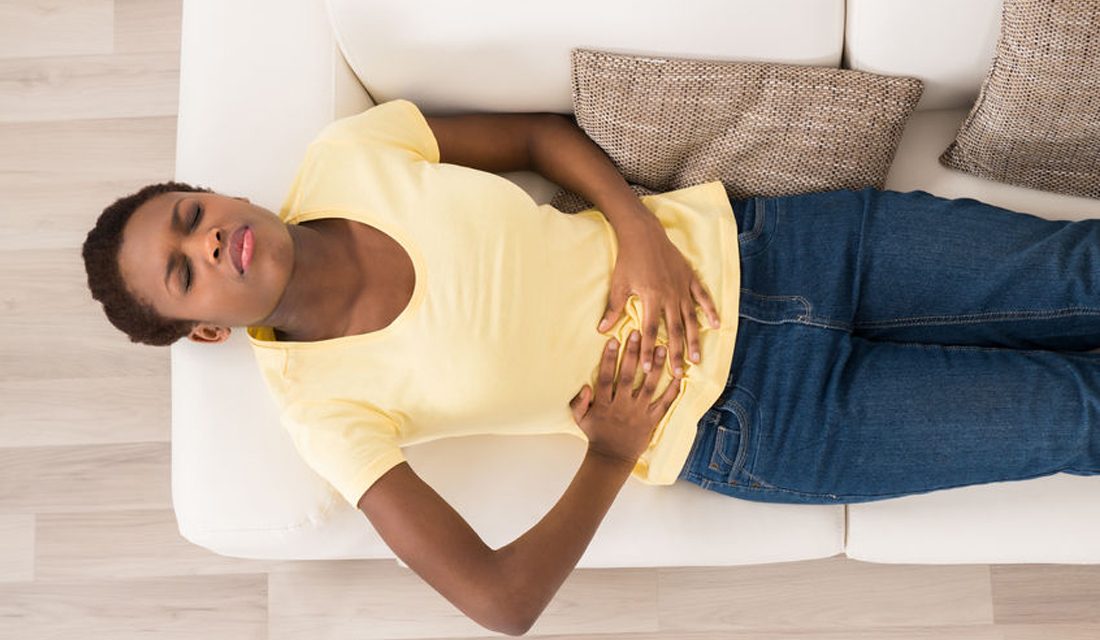
Every woman has to do her own research to find treatment options that are appropriate to their individual circumstances. For me, in recent months I have enjoyed alternative therapy: reflexology. It is founded on the belief that touch can send energy flowing through a person’s body until it reaches the area in need of healing.
Everyone reacts differently to this style of pressure applied to specific points on the feet using massage techniques but for me, I find this treatment relaxing and a positive approach to my overall wellbeing, which can only be a bonus.
Endometriosis is in the news more, thanks to women coming forward to talk about their experiences and I’m pleased. Thanks to open conversations, research, surveys and medical professionals recognising the condition, I’m confident that in future there will be more communities of women who won’t suffer in silence and can take back control of their lives.

